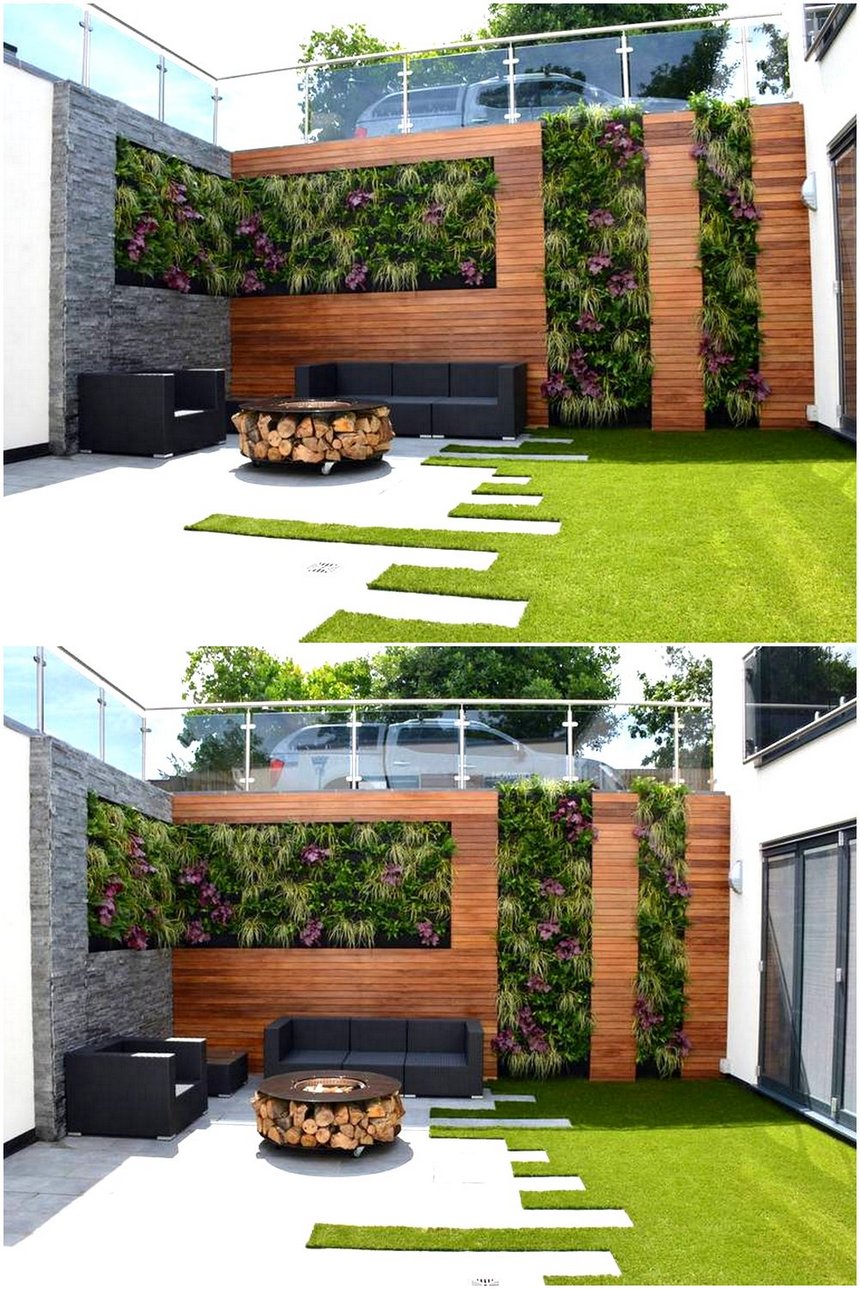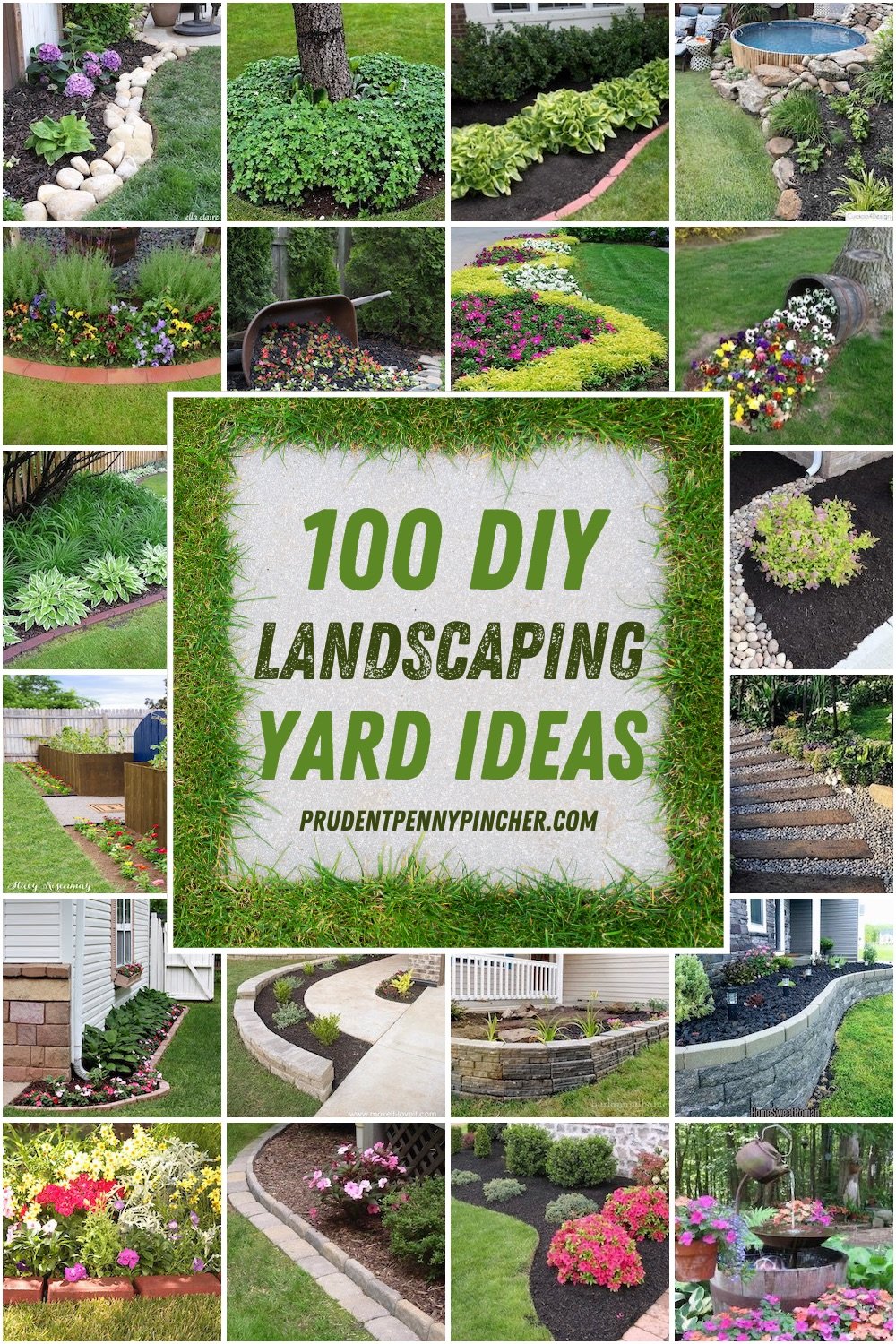How to Start Backyard Landscaping for Beginners

Are you dreaming of transforming your backyard into a beautiful, inviting space? Whether you're envisioning a serene garden oasis or a vibrant outdoor living area, backyard landscaping can seem daunting for beginners. But fear not! With a bit of planning and some DIY landscaping know-how, you can turn your backyard into a stunning retreat. Let's dive in and explore some essential tips and backyard landscaping ideas for beginners.
Understanding the Basics of Garden Design
Before you start digging and planting, it's crucial to understand the basics of garden design. Think of your backyard as a blank canvas. Just like an artist plans their masterpiece, you need to plan your garden design.
Assess Your Space
Start by assessing your backyard. Consider its size, shape, and any existing features like trees, patios, or fences. Take note of the sunlight patterns throughout the day. This will help you determine which plants will thrive in different areas.
Define Your Goals
What do you want to achieve with your backyard landscaping? Are you looking to create a peaceful retreat, a family-friendly space, or an area for entertaining? Defining your goals will guide your design choices.
Sketch a Plan
Grab a pencil and paper and sketch out your garden design. Include key elements like pathways, seating areas, and planting beds. This visual representation will help you see the big picture and make adjustments before you start any physical work.
Essential Tools for DIY Landscaping
Having the right tools is essential for any DIY landscaping project. Here are some must-have tools for beginners:
- Gloves: Protect your hands from thorns, dirt, and blisters.
- Shovel: For digging and moving soil.
- Rake: To level the ground and remove debris.
- Pruning Shears: For trimming plants and shrubs.
- Wheelbarrow: To transport soil, plants, and other materials.
Planting Tips for Beginner Gardening
Choosing the right plants is key to a successful garden design. Here are some planting tips to get you started:
Choose Plants Wisely
Select plants that are suitable for your climate and soil conditions. Consider the amount of sunlight each area of your backyard receives and choose plants accordingly. For example, sun-loving plants like lavender and roses need plenty of sunlight, while shade-loving plants like ferns and hostas thrive in shady spots.
Start Small
As a beginner, it's best to start with a small number of plants. This will give you time to learn about their care requirements and see how they grow in your backyard. You can always add more plants later.
Follow Planting Guidelines
When planting, follow the guidelines on the plant labels. Dig a hole that is the same depth as the plant's root ball and twice as wide. Gently remove the plant from its container, loosen the roots, and place it in the hole. Fill the hole with soil, press down gently, and water thoroughly.
Creating an Outdoor Living Space
An outdoor living space can extend your home and provide a place to relax and entertain. Here are some tips for creating a cozy outdoor living area:
Define the Space
Use pavers, gravel, or a patio to define your outdoor living space. This will create a clear boundary and make the area feel more inviting.
Add Seating
Comfortable seating is essential for any outdoor living space. Choose weather-resistant furniture that complements your garden design. Add cushions and pillows for extra comfort.
Incorporate Lighting
Outdoor lighting can create a warm and inviting atmosphere. Use string lights, lanterns, or solar-powered lights to illuminate your space. Consider adding a fire pit for ambiance and warmth.
Maintaining Your Backyard Landscape
Regular maintenance is crucial to keep your backyard looking its best. Here are some tips for maintaining your landscape:
Water Regularly
Water your plants regularly, especially during dry periods. Use a watering can or install a drip irrigation system to ensure your plants get the water they need.
Prune and Trim
Regularly prune and trim your plants to encourage healthy growth and maintain their shape. Remove any dead or diseased branches to prevent the spread of pests and diseases.
Mulch
Apply a layer of mulch around your plants to retain moisture, suppress weeds, and improve soil health. Organic mulch, like wood chips or straw, will also add nutrients to the soil as it decomposes.
Conclusion
Transforming your backyard into a beautiful, inviting space is an exciting journey. By understanding the basics of garden design, using the right tools, and following planting tips, you can create a stunning backyard landscape that you'll love. Remember to define your goals, start small, and maintain your landscape regularly. With a bit of planning and some DIY landscaping know-how, you can turn your backyard into a serene retreat or a vibrant outdoor living area.
Now that you have the essential tips and backyard landscaping ideas for beginners, it's time to get started! Grab your tools, sketch out your plan, and let your creativity flow. Your dream backyard is just a few steps away.
FAQs
What are some low-maintenance plants for beginners?
- Some low-maintenance plants for beginners include succulents, lavender, hostas, and daylilies. These plants are easy to care for and require minimal watering and pruning.
How can I create privacy in my backyard?
- You can create privacy in your backyard by planting tall shrubs or trees, installing a fence or trellis, or using outdoor curtains. These elements can provide a sense of seclusion and block unwanted views.
What is the best time of year to start landscaping?
- The best time of year to start landscaping depends on your climate and the types of plants you want to include. Generally, spring and fall are ideal times for planting, as the weather is mild and plants have time to establish before the heat of summer or the cold of winter.
How can I incorporate water features into my backyard landscape?
- Water features can add a soothing element to your backyard landscape. Consider adding a small pond, a fountain, or a waterfall. Make sure to choose a location that is easily accessible for maintenance and has a water source nearby.
What are some eco-friendly landscaping practices?
- Eco-friendly landscaping practices include using native plants, which require less water and are better adapted to your local climate. You can also incorporate composting, use organic fertilizers, and install a rain barrel to collect rainwater for irrigation. These practices help conserve water and reduce the use of chemicals in your garden.


0 Response to "How to Start Backyard Landscaping for Beginners"
Post a Comment